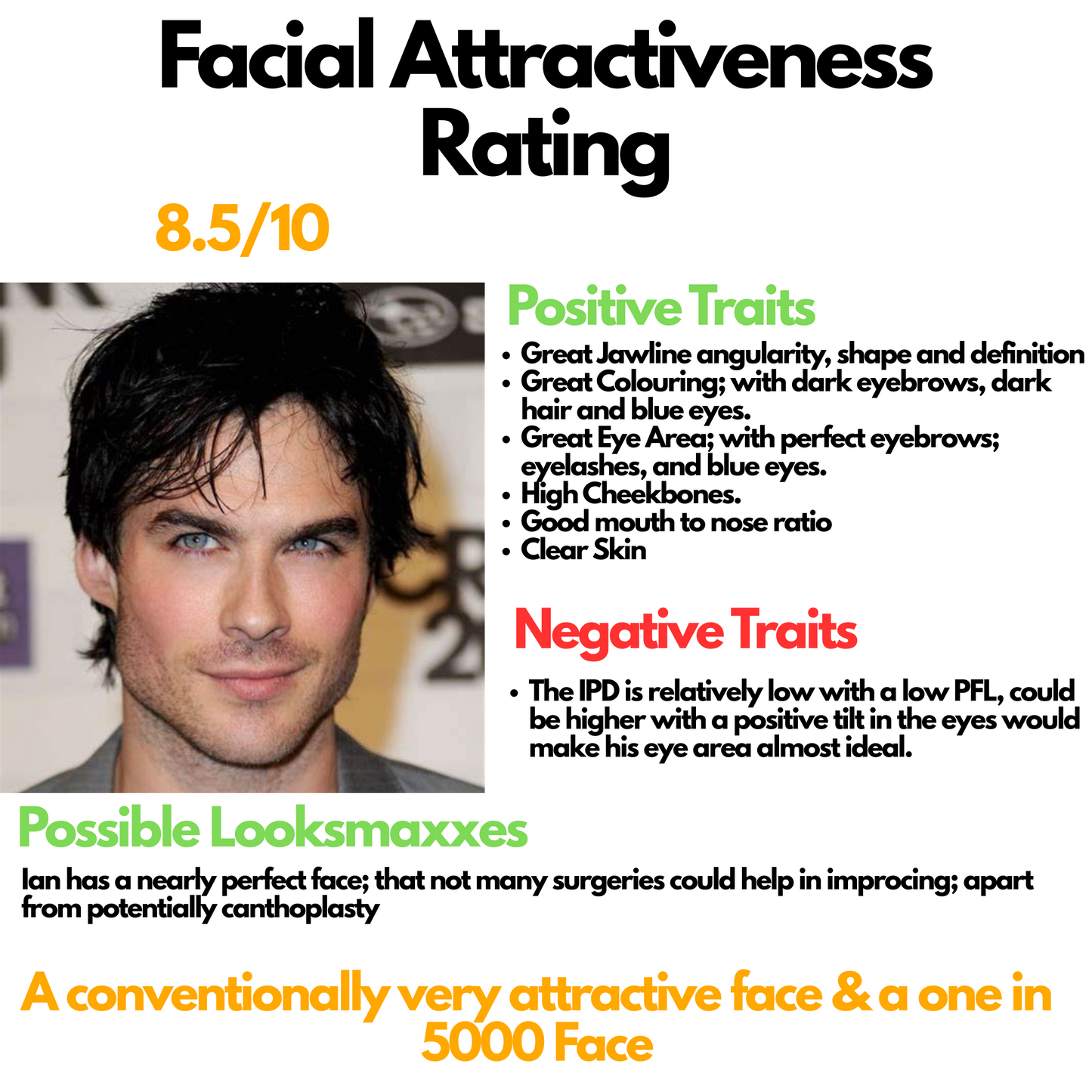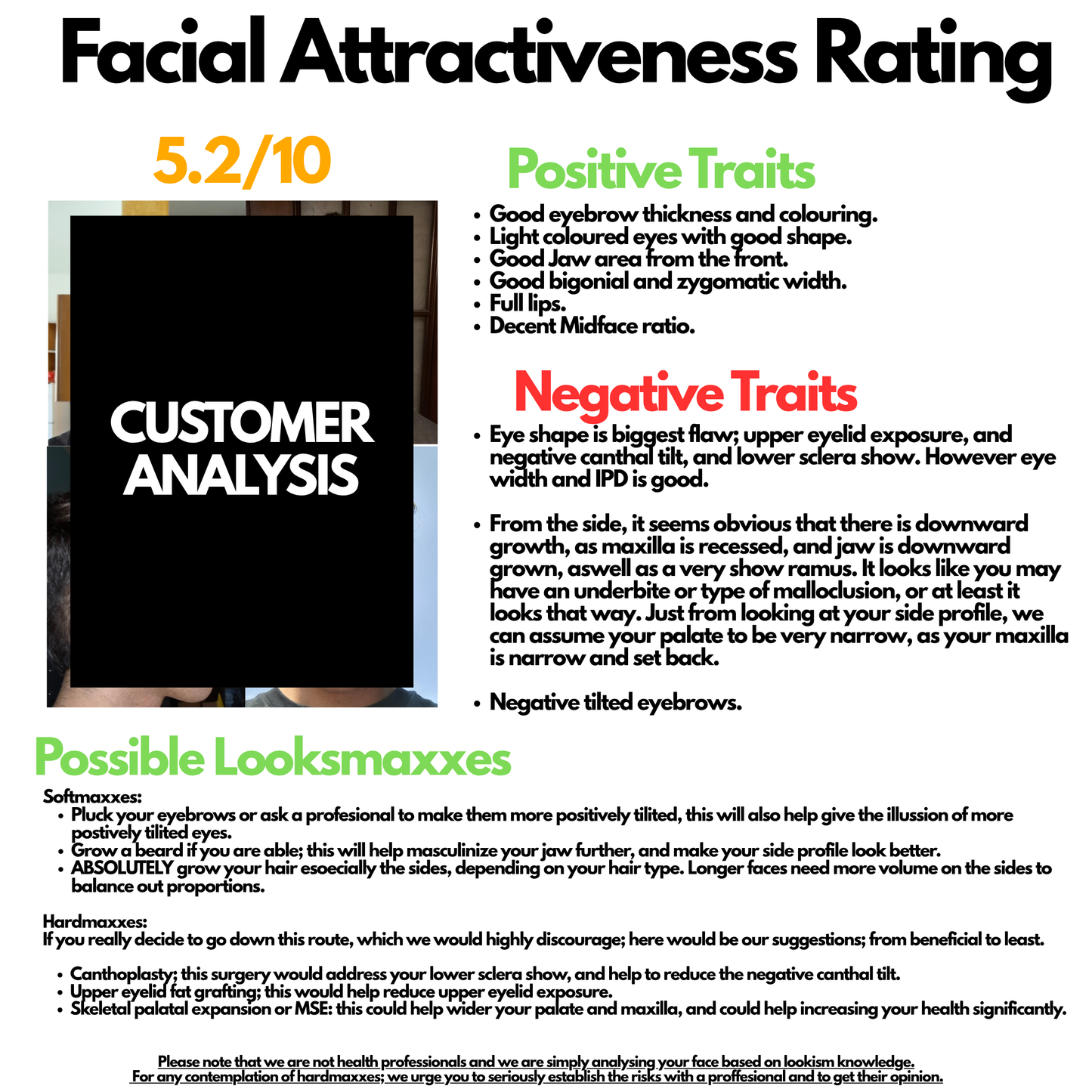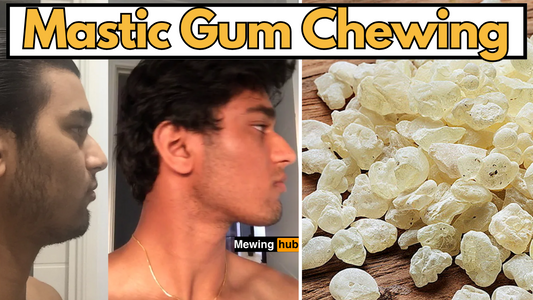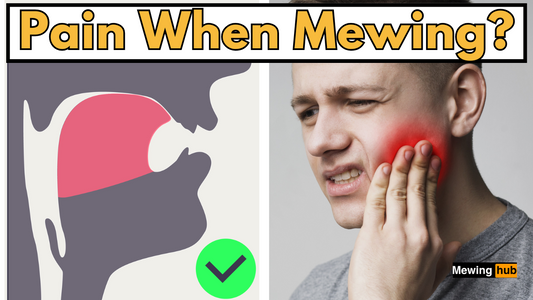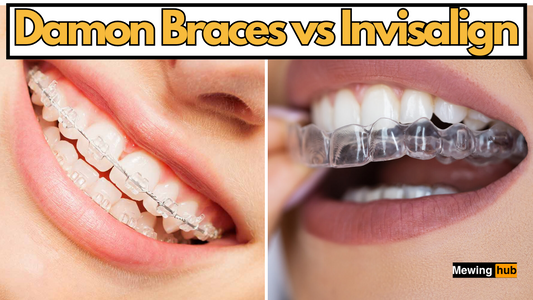Should Your Tongue Touch Your Front Teeth When Mewing? The Definitive Guide
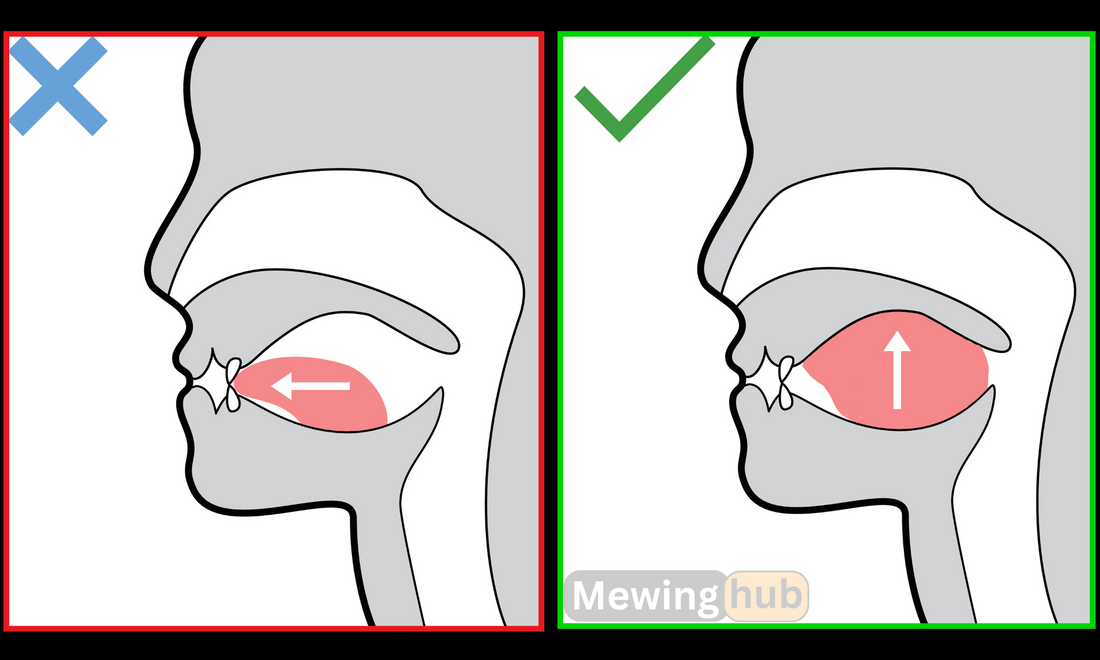
Deel
If you've been exploring the world of mewing, you've likely encountered conflicting advice about tongue placement.
One of the most common questions practitioners ask is: "Should my tongue touch my front teeth?"
As someone who has spent countless hours researching and practicing mewing, I'm here to clear up this confusion once and for all.
The Short Answer: No, Your Tongue Should Not Touch Your Front Teeth
Proper mewing technique requires precise tongue positioning that deliberately avoids contact with the front teeth. Let me break down exactly why this matters and how to achieve the correct posture.
Precise Tongue Positioning Explained

The ideal mewing tongue position involves:
- Tongue Tip Placement
- Positioned approximately 1/2 inch behind front teeth
- NOT touching the teeth
- Hovering just behind the back of the front teeth
- Mid and Back Tongue Positioning
- Entire tongue surface pressed against the palate
- Back third of tongue lifted and touching roof of mouth
- Gentle, even pressure across the entire palatal surface
Why Front Teeth Contact is a Critical Mistake
Touching your front teeth during mewing can lead to several potential issues:
- Unnecessary dental pressure
- Risk of tooth misalignment
- Reduced effectiveness of tongue posture
- Prevention of proper palatal engagement
The Correct Mewing Technique Step-by-Step

To achieve perfect tongue placement:
- Relax your tongue completely
- Lift the entire tongue to the palate
- Ensure the tongue tip remains slightly behind front teeth
- Maintain light, consistent pressure across the palate
- Keep your mouth closed
- Breathe through your nose
Common Mistakes to Avoid
Many beginners make these errors:
- Pushing tongue directly against front teeth
- Only placing tongue tip on palate
- Inconsistent tongue pressure
- Mouth breathing
Pro Tips for Mastering Tongue Placement
- Practice the "ng" sound to find correct tongue position
- Use a mirror to check placement initially
- Start with short practice sessions
- Be patient with muscle memory development
Final Thoughts
Mastering mewing takes time and consistent practice. Remember, the goal is to create gentle, even pressure across your palate without touching your front teeth.
Your tongue should feel like it's floating just behind your front teeth while fully engaging the roof of your mouth.
By following these guidelines, you'll be well on your way to proper mewing technique and potentially reaping its benefits.



